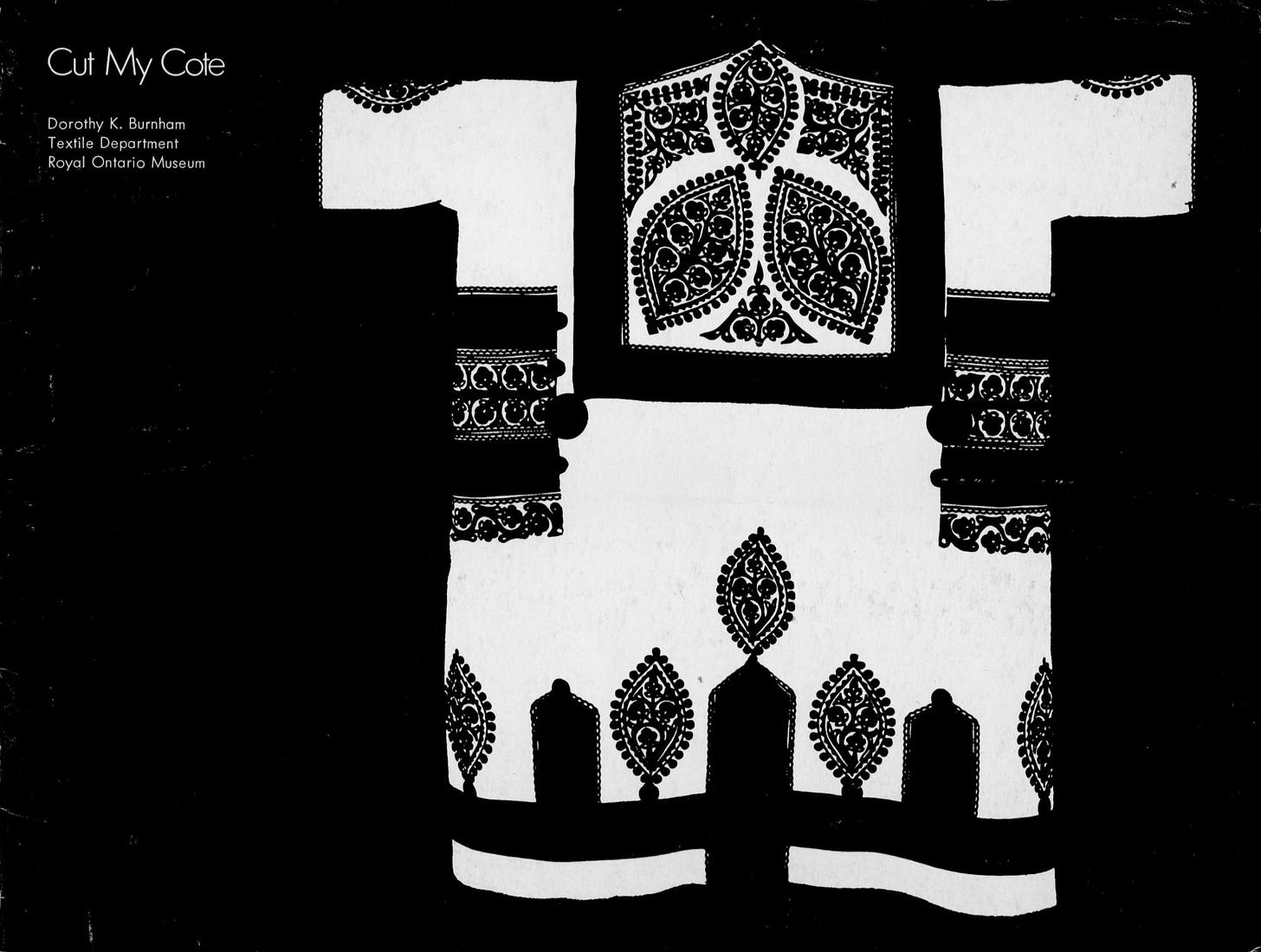In this weekend’s zoom, we were chatting pattern adjustments and my friend Asmita asked an important question, “How does one know?” which also relates to our ongoing discussion of “What makes a good pattern?”
These are great questions and there is no easy answer. I wrote an article for Threads magazine on various factors that make a good pattern. From the perspective of pattern adjustments and fit, the question can be summarized as:
Does the pattern draft deliver the expected design?
If yes to the above, does the draft deliver the expected design across the size range?
If yes to the first two questions, then we focus on customizing the body-design relationship.
If no to the above, then we must adjust the draft in addition to customizing the body-design relationship.
A core principle of TopDownCenterOut that we are fitting by design1. And the blueprint for the design is the pattern draft. The design depends on the “cut” of cloth, how cutting fabric and sewing it back together again, creates the garment design. So the answer to the question “How does one know?” relates to evaluating how the draft delivers the design. I believe this is especially challenging for pants and it is made even more difficult by the way the fashion industry categorizes the human body.
Historical cuts
Thinking about all this, later that day I wondered over to our twice yearly Finger Lakes Library sale and found this very interesting booklet.
In this essay, the author, Dorothy Burnham, uses indigenous garments in the collection of the ROM to examine the development of garment cutting from two traditions, those dependent on the rectilinear form of loom-woven cloth and cuts based on the shape of animal skins.
The material from which a garment is made is the factor that has the most influence on the particular shaping of it.
The author demonstrates how the major influence on the development of garments was the width of cloth produced by local looms, or if makers were coming from a tradition where skins were the basic clothing material. These traditions hold long after the introduction of materials of a different width from a more advanced loom.
The booklet goes on to show how surviving historical garments might have been cut given historical research into the original width of material.





